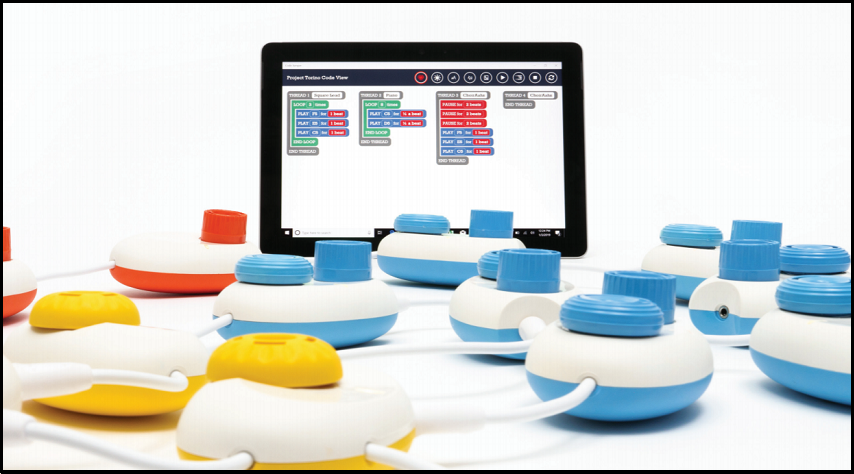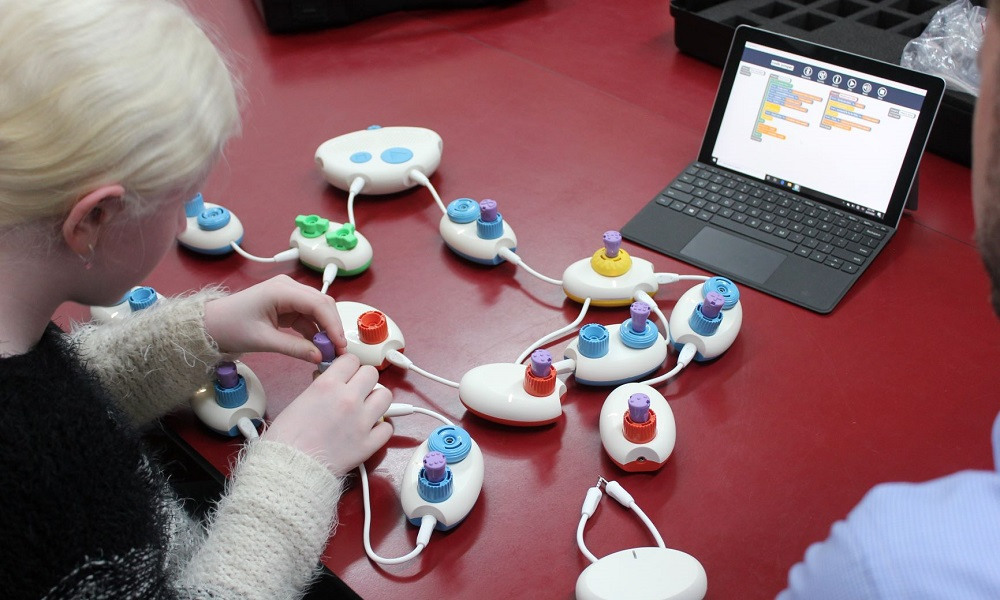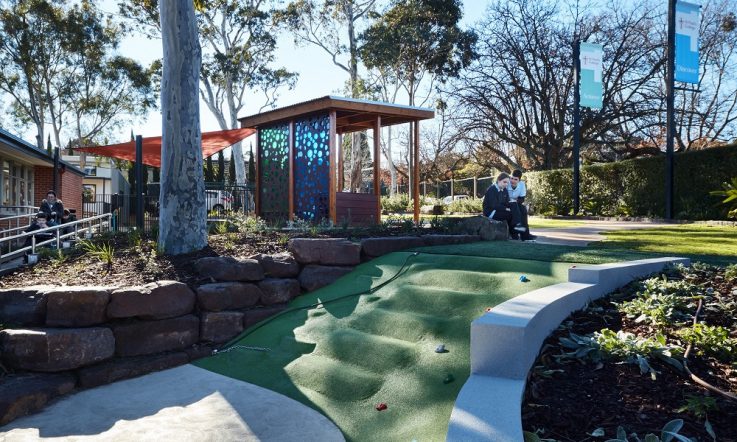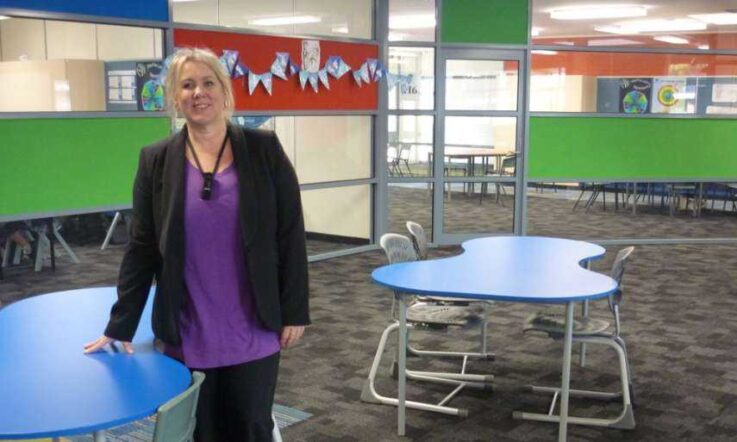According to research from Vision Australia, only 24 per cent of the 384 000 blind or low vision people living in Australia, are in full time employment.
‘Interestingly, many roles in the computing industry such as coding are accessible to people who are blind or have low vision, but many of the tools currently available to teach these skills are not accessible,' CEO of Vision Australia, Ron Hooton says.
The organisation has recently launched a new tool to assist in teaching these STEM skills to students living with a visual impairment. The tool, Code Jumper, is a physical computing language that's based on block coding. It's targeted at students aged between seven and 11, and can be used by all students to learn the basics of computer coding and programming skills, regardless of their level of vision.
‘Replace the block coding app lesson with Code Jumper, now everyone can use, [and] problem solve … whether you can see or not,' says David Woodbridge, the National Access Technology Advisor at the Vision store for Vision Australia.
Woodbridge tests and evaluates any new vision-impaired related hardware and software the store is interested in selling to their customers. He tells Teacher that this tool will allow educators to run a lesson on coding which is inclusive for all students, because those who might otherwise need to rely on catching up with their support teacher at a later time, will be able to follow the lesson as normal.
With the tool, students are able to complete tasks using code, like creating a sentence or a song. It was originally developed by an engineer at Microsoft who has a vision-impaired son. He found it difficult to access, and therefore learn, block coding as it is usually learned through apps that are either very hard or not able to be used at all for children who are blind.
‘So rather than trying to teach students who can't access an application or app, Code Jumper is a physical set of audio pods (they feel much like a computer mouse), which can plug in to each other to form “lines” of code: very much like a child with sight would see blocks of code on a tablet screen,' Woodbridge explains.

Code Jumper audio pods. Image supplied.
The audio pods plug into a hub which allows the pods to play their sounds. The hub has buttons giving it the functionality to play the code back, stop playing the code, or read out the coding statements.
Code Jumper is designed to be used by students in groups of four or five and also encourages the development of computational thinking, problem solving and collaborative skills.
‘I think like everything else, Code Jumper is an important tool, which forms just one tool in a bigger teaching coding toolbox, allowing a teacher or trainer to pick out the most appropriate tool,' Woodbridge says.
‘So, encouraging a student to successfully start the concept of learning [computer programming] can have tremendous benefits and could lead on to eventual employment.'
The Code Jumper tool aims to make coding accessible to visually impaired students and ultimately open up new career paths for them.
As an educator, how are you ensuring students with additional needs are being supported, to be as prepared as other students for career opportunities of the future?



